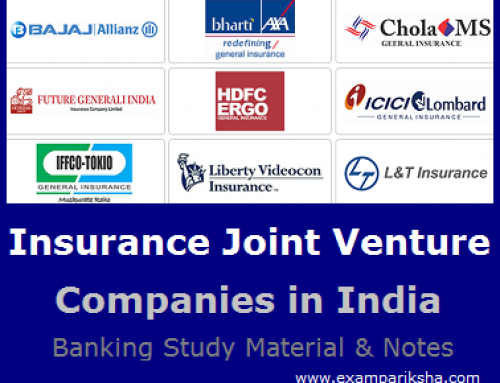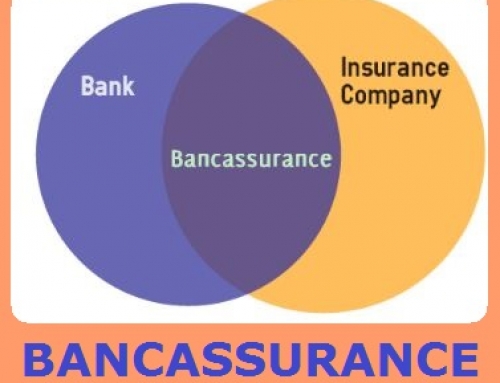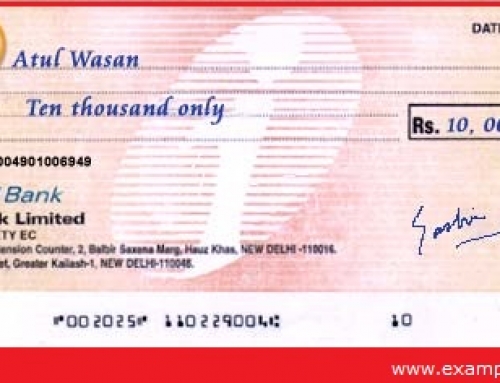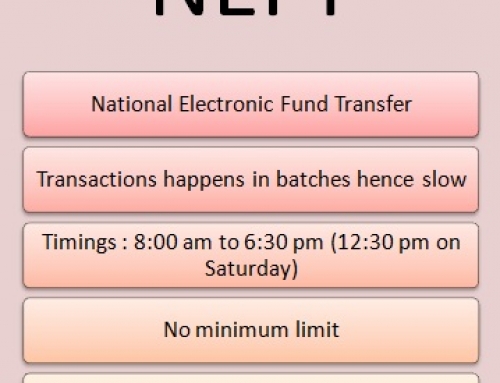Since many aspirants of Banking exams don’t have direct access to the basics of Marketing, we took upon ourselves to cover the basic concepts of Marketing which will be helpful for our readers, especially in the upcoming SBI PO exam. Before venturing on solving the previous year papers of SBI PO exam, it is recommended that you go through the following notes about marketing basics to get a clear picture.
The Marketing section was included in the SBI PO exam syllabus from 2010 onwards. Prior to that, theere were no marketing based questions asked in this exam. Let us now introduce Marketing to you.
Marketing is essentially the process of communicating regarding the value of a product or service to the customers, for selling that product or service. Therefore, marketing is understood as an organizational function with a set of processes for creating, delivering and communicating this value to its customers , and includes customer relationship management that also benefits the organization.Marketing can be understood from a societal point of view, as the link between a society’s material requirements and its economic patterns of response to those requirements. It satisfies these wants and needs by exchange processes and by building long term relationships.
Marketing is hence a science of choosing the target markets through thorough market analysis and market segmentation, as well as understanding the consumer behavior and providing superior customer value.
The main definition of marketing is often credited to Philip Kotler, who is recognized as the originator of the most recent developments in the field of marketing.
Some basic terms used often in Marketing are:
Needs:
A need is a state of being deprived of something. Human need is the most basic concept of marketing. Since, need is a part of human nature, there are many kinds of needs like physical needs, social needs, spiritual needs, etc. Needs are basically shaped up by the culture, surroundings, personality, religion.
Wants and demands:
Want is explained in terms of an object which will define the need. For instance, if thirst is need, then water, cola drink, or a fruit juice may be the want. Or if hunger is need, then pizza, burger, bread, etc is a want. Wants depend upon the internal as well as external factors. There may be more than one object that may fulfill a need. This list of objects is called a want-list.
People have various choices from the want-list to fulfill a particular need. However, due to limited resources, people seek best value of their money. When a want is backed by purchasing power, it becomes a demand. Therefore, lack of buying power, means no demand. A marketer has to know of the potential want list of his target market and then make them available the best value for their money. Note here that, money is required to create and also fulfill a demand. This is the most fundamental concept of marketing.
Product:
Anything tangible or intangible which is offered to satisfy a need or want is defined as a product. The goods are called tangible and services are called intangibles. The tangible products are physical products, while the intangible products can only be experienced. For instance, a service of a hotel can be experienced (hence, intangible) while food in the restaurant in the same hotel can be tested (hence, tangible).
When products are offered in the markets, they are known market offering. A good market offering must have a good value for money.
Value & Satisfaction:
It is the fundamental concept of marketing, that when there are many offerings in the market, the customer makes a purchase based on their perception. The customers estimate the product value and judge whether the product has the capacity to fulfill their need. In a potential want list there may be many products, which have potential to fulfill the need and want of a customer. However, a customer chooses the one which gives him or her the best value for money and satisfaction of fulfilling a want.
Exchange:
Since, the wants that are backed by purchasing power create demand. The demand is fulfilled through the process of exchange. Exchange is defined as the act of obtaining a desired object from someone by offering something in return. Barter is a type of exchange. For an exchange to happen, more than one person are required. people must have something of value to offer each other. Each of the participants must be free to accept or reject the offer of
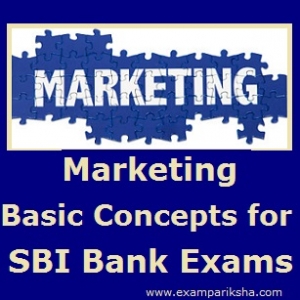
exchange. The participants should be able to communicate with each other about their requirements and also be able to deliver the products. These are some basic conditions to make an exchange happen. Exchange may be for profit or also for no profit.
Transactions:
A successful exchange is known as a transaction. Whether for profit or no profit , an exchange must give some value to the exchange partners. The transaction is used as an unit of measurement in marketing. The values associated with transactions are the trade values. A monetary transaction involves exchange of money for goods or services and a barter transaction involves good or service for good or service.
Relationships:
As you might be aware, a marketer does not want just a single transaction. The aim is to continuously make market offerings and incur continuous exchanges / transactions which create relationships. Today’s marketing is hence , relationship marketing. The focus of marketing is not merely to get maximum profit from a single transaction but to develop long running relationship with the customers. A good relationship will be followed by the transactions and also run long term.
Markets:
As we have discussed above, an exchange may take place between two people at the minimum, but at least three people are required to create a market. In a market there is always some gap between the supply and demand. There are always many potential buyers and many potential sellers. This set of potential buyers and sellers makes a market. A market quintessentially needs competition (with exception of absolute monopoly). A market can be physical or virtual. Nowadays virtual markets are also considered at par to the physical markets, due to greater access to information technology.
Short Codes for Marketing Aptitude:
| 7 P’s of marketing |
4 C’s of Marketing |
5 M’s of Marketing |
- Product
- Price
- Place
- Promotion
- People
- Process
- Physical evidence
|
- Customer needs and wants
- Channel
- Cost to the consumer
- Communication
|
- Management
- Money
- Manufacturing
- manpower
- Market
|
Questions about marketing are asked in SBI PO and Clerk exams, which are very important banking recruitment exams. Hence, Keep revising these basic concepts of Marketing to ensure that you score good in the exam.
 exchange. The participants should be able to communicate with each other about their requirements and also be able to deliver the products. These are some basic conditions to make an exchange happen. Exchange may be for profit or also for no profit.
exchange. The participants should be able to communicate with each other about their requirements and also be able to deliver the products. These are some basic conditions to make an exchange happen. Exchange may be for profit or also for no profit.

